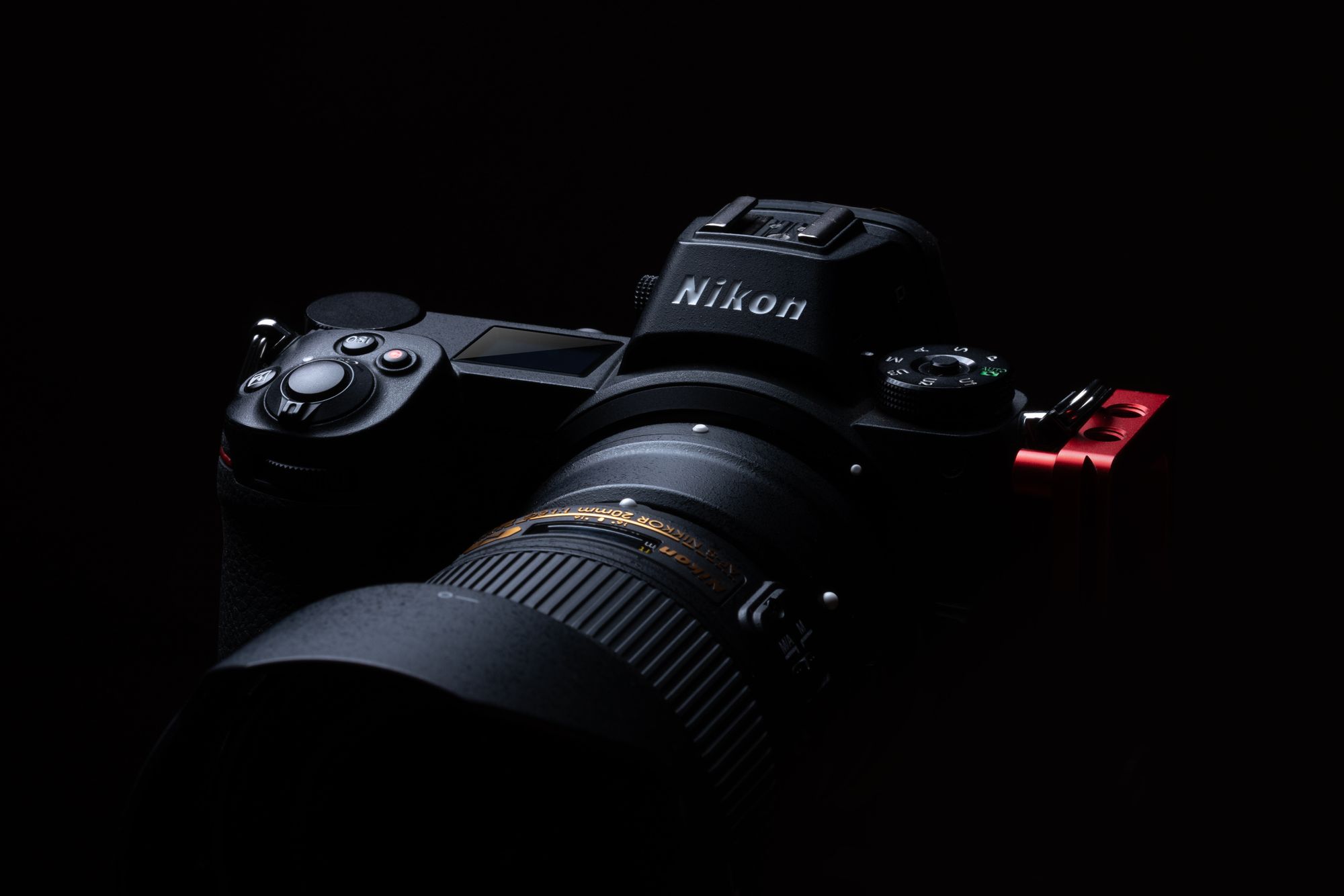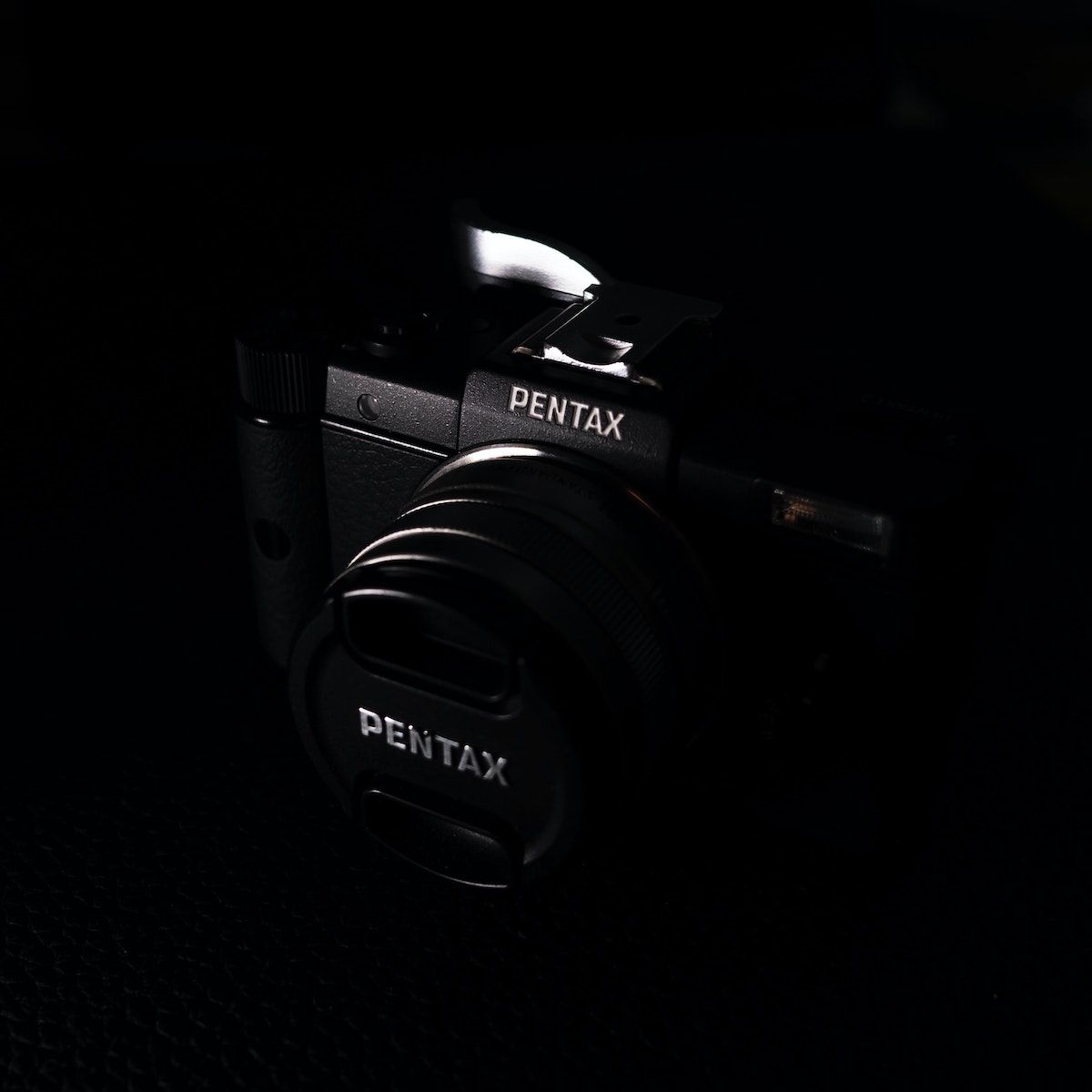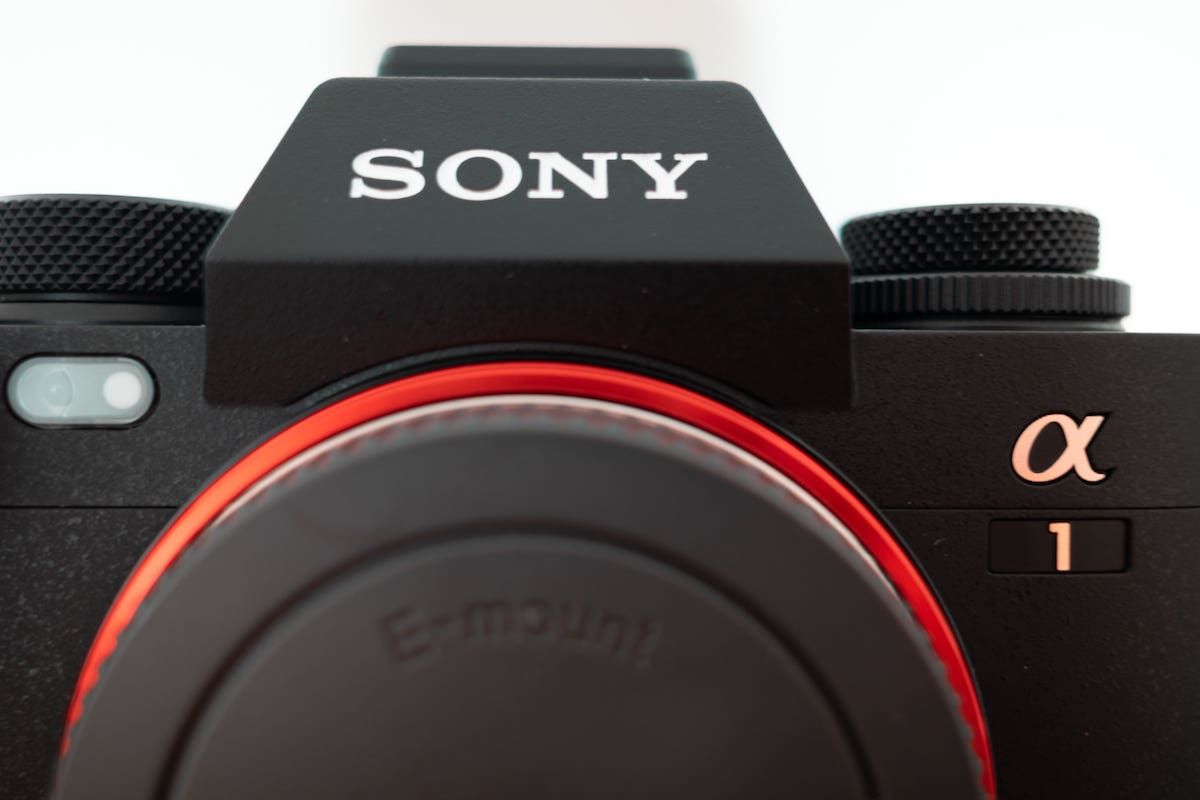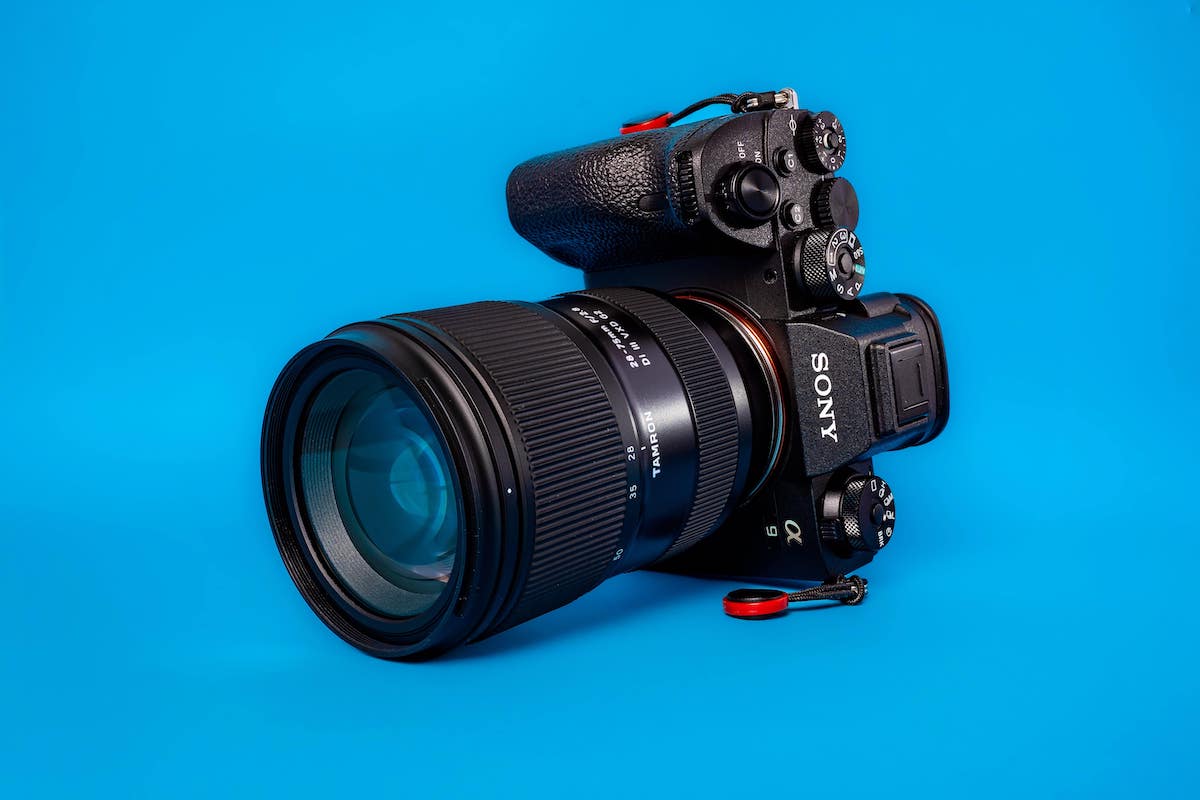3 Benefits of Using a Full-Frame Camera & 9 of the Best to Try Out
Hire film gear from local filmmakers.

Hire film gear from local filmmakers.
It can be quite the jungle to navigate when it comes to finding the right camera for you.
Have you ever heard of the term "full-frame camera" but never really understood it?
Well, don't worry, because we're here to tell you all about it. And we'll also give you a few suggestions for your next camera!
While you're at it, you can also check out our article on camera equipment. Here you will find all the necessary and helpful accessories and equipment you need for your next shoot!
3 Benefits of a full-frame camera
There are many reasons to pick a full-frame sensor over a cropped sensor.
We've picked the three most prevalent reasons you should consider getting a full-frame camera.

1. Less noise and higher dynamic range
Full frame sensors benefit from having a larger capture area, which means that each pixel can be made larger than on a regular cropped sensor.
So why should you care?
Well, larger pixels generally mean that you can capture more light in each pixel relative to the noise. Your pictures will be cleaner and typically have better low light performance.
Due to the larger pixels, the camera can better capture the dynamic range. The dynamic range is the difference between the darkest and brightest details, and the full-frame sensor outperforms a cropped sensor in both areas.
2. Greater image resolution
Because of the larger pixels, full-frame sensor cameras will be able to capture better pictures at larger resolutions than regular cropped-sensor cameras.
Having larger pixels also means that you generally capture more details in each picture which helps in the excellent image resolution.
3. Most often better lens quality
Full frame cameras are generally made for intermediates and professionals and have a relativ
ely small pool made for beginners. When you have a full-frame camera, you're going to want a full-frame lens.
If you get a regular lens, it will not cover the entire sensor, and the edges will not be fully exposed.
Considering the audience that full-frame lens producers have to aim at, it is no surprise that the lens quality is often better.
Full frame cameras might be a tad expensive, and the equipment; it's worth it if you're a professional!
The 9 best full-frame cameras
1. Nikon D780

Key features
- 24.5-Megapixel CMOS Sensor 35.9 mm x 23.9 mm
- Nikon F Lens Mount
- ISO 100-51,200
- Weighs 1.85 lbs (840g)
- Up to 12 fps of Continuous Shooting
- UHD 4K Video at up to 30p
- 3.2-inch screen
- 1/8000s – 30s shutter speed
Pros:
- Great handling
- Quick AF on the live view
- Great burst photo capabilities
- Compact
Cons:
- Requires manual live view swap
- Pricey
Skill level:
- Intermediate
2. Nikon D850
Key features
- 45.7-Megapixel CMOS Sensor 35.9 mm x 23.9 mm
- Nikon F Lens Mount
- ISO 64-25,600
- Weighs 2.24 lbs (915g)
- Up to 9 fps of Continuous Shooting
- UHD 4K Video at up to 30p
- 3.2-inch screen
- 1/8000s – 30s shutter speed
Pros:
- Incredible image sensor quality
- Great autofocus system
- Built great and works in most weather conditions
- Great burst photo capabilities
- 4K Video looks incredible
Cons:
- Unreliable Wi-Fi and Bluetooth connection
- Pricey
Skill level:
- Professional
3. Canon EOS-1D X Mark III
Key features
- 20.1-Megapixel CMOS Sensor 36 mm x 24 mm
- Canon EF Lens Mount
- ISO 100-102,400
- Weighs 2.75 lbs (1250g)
- Up to 16 fps of Continuous Shooting
- RAW 5.5K Video at up to 30p
- 3.2-inch screen
- 1/8000s – 30s shutter speed
Pros:
- Incredible image quality
- Low noise levels
- Great Dynamic Range
- Touchscreen feels amazing
- Great battery life
- Sturdy built
Cons:
- Heavy
- Subject tracking is not the best
Skill level:
- Professional
4. Pentax K-1 II

Key features
- 36.4-Megapixel CMOS Sensor 35.9 mm x 24 mm
- K Lens Mount
- ISO 100-819,200
- Weighs 2.03 lbs (925g)
- Up to 4.4 fps of Continuous Shooting
- 4K Video at up to 30p
- 3.2-inch screen
- 1/8000s – 30s shutter speed
Pros:
- Incredible weather sealing
- Sturdy build quality
- IBIS
- Dual SD Card slots
- Great battery life
- Great viewfinder
- Great LCD screen
Cons:
- Mediocre autofocus system
- No touchscreen
Skill level:
- Intermediate
5. Sony a7R IV
Key features
- 60.2-Megapixel CMOS Sensor 35.7 mm x 23.8 mm
- Sony E Lens Mount
- ISO 100-32,000
- Weighs 1.47 lbs (665g)
- Up to 10 fps of Continuous Shooting
- UHD 4K Video at up to 30p
- 3.2-inch screen
- 1/8000s – 30s shutter speed
Pros:
- Incredible image quality
- Compact
- Lightweight
- Incredible ISO performance
- Great dynamic range
- Autofocus works well in most situations
- Great battery
- Great grip
Cons:
- The menu system could be better
- Weather sealing is not as good as its competitors
Skill level:
- Intermediate
6. Canon EOS R3

Key features
- 24.1-Megapixel CMOS Sensor 36 mm x 24 mm
- Canon EF Lens Mount
- ISO 100-102,400
- Weighs 1.81 lbs (822g)
- Up to 30 fps of Continuous Shooting
- RAW 6K Video at up to 60p or 4K 120p
- 3.2-inch screen
- 1/8000s – 30s shutter speed
Pros:
- The stacked image sensor
- Amazing autofocus
- Incredible video performance
- Slow-motion feature
- HDR Electronic viewfinder
- Quality vari-angled LCD monitor
- 30 FPS shooting
- Excellent battery life for a mirrorless camera
- Sturdy build
Cons:
- Size can be a bit too big for some
- Pricey
- The electronic viewfinder can be a bit tricky
Skill level:
- Professional
7. Panasonic Lumix DC-S5
Key features
- 24.2-Megapixel CMOS Sensor 35.6 mm x 23.8 mm
- L-Mount Lens Mount
- ISO 100-51,200
- Weighs 1.39 lbs (630g)
- Up to 7 fps of Continuous Shooting
- UHD 4K Video at up to 30p
- 3.2-inch screen
- 1/8000s – 60s shutter speed
Pros:
- Excellent 4K video Quality
- High body stabilization
- Goods features
- Lightweight
Cons:
- Low shooting speed
- High buffer time
- Poor autofocus in videos
Skill level:
- Professional
8. Sony a1

Key features
- 50.1-Megapixel CMOS Sensor 35.9 mm x 24 mm
- Sony E Lens Mount
- ISO 100-32,000
- Weighs 1.6 lb (737g)
- Up to 30 fps of Continuous Shooting
- UH 8K Video at up to 30p
- 3.2-inch screen
- 1/8000s – 30s shutter speed
Pros:
- Incredible image resolution
- Great electronic shutter
- Great burst photo capabilities
- Compact
Cons:
- High FPS shooting will lower image quality
- It might not fit your hands
- Expensive
Skill level:
- Intermediate
9. Sony a7 IV
Key features
- 33-Megapixel CMOS Sensor 35.9 mm x 23.9 mm
- Sony E Lens Mount
- ISO 100-51,200
- Weighs 1.45 lbs (658g)
- Up to 10 fps of Continuous Shooting
- UHD 4K Video at up to 60p
- 3.2-inch screen
- 1/8000s – 30s shutter speed
Pros:
- Great image quality
- Durable
- Hybrid camera (and a great one)
- Compact
- Lightweight
Cons:
- The LCD Screen is mediocre
- Relatively pricy
Skill level:
- Intermediate

Rent or subscribe to a full-frame camera
I hope this article helped you in your quest to find the best camera type for you.
If you're not entirely sure which options work best, there's no reason to go out and spend thousands on a new camera.
You can easily rent or subscribe to a full-frame camera right here on Wedio!
Camera Rental: Save Money with Wedio
5sHshmF1n_Y
Rent Camera Gear: Access Pro Equipment
qqHXJy6AWlc
Camera Hire: Take Your Production to The Next Level
71PttfqWPXk
FAQ
What is the best full frame camera?
Nikon D780.
What is the best Nikon full frame camera?
Nikon D780.
Are full frame cameras better?
Full frame cameras are generally the better option and are preferred by many professionals.
Is full frame cameras better than mirrorless?
One does not exclude the other. A mirrorless camera can also be a full frame camera.






















